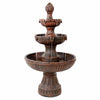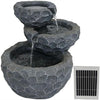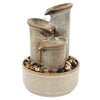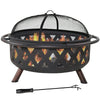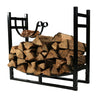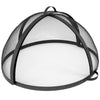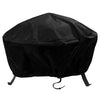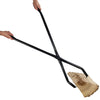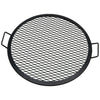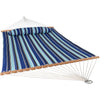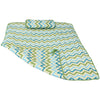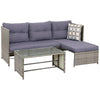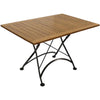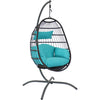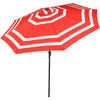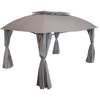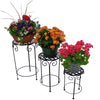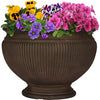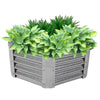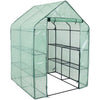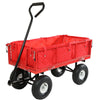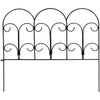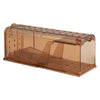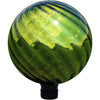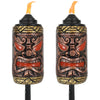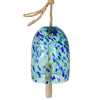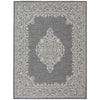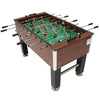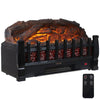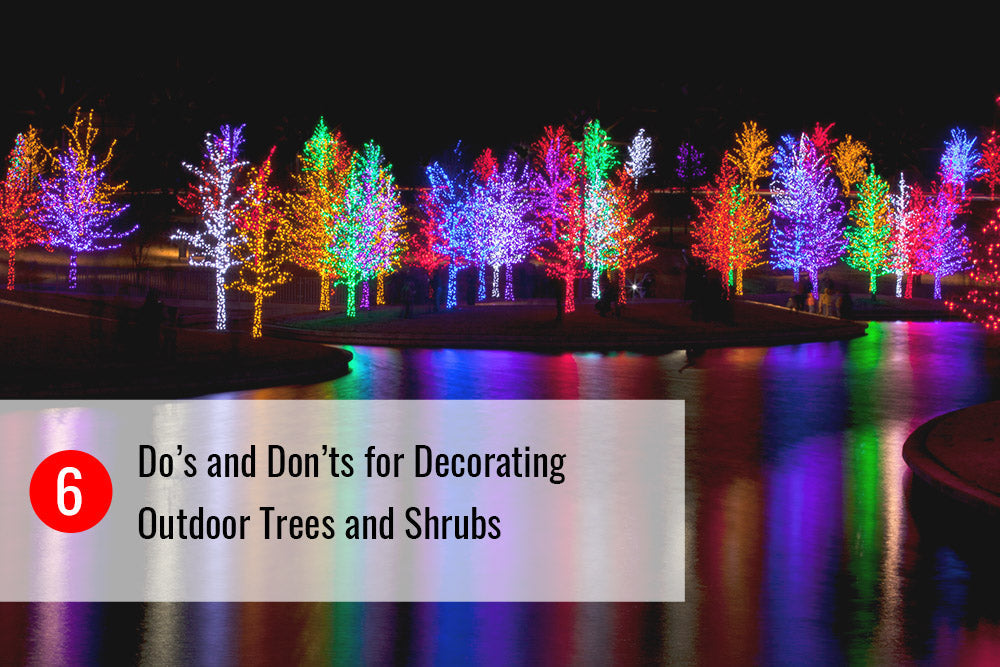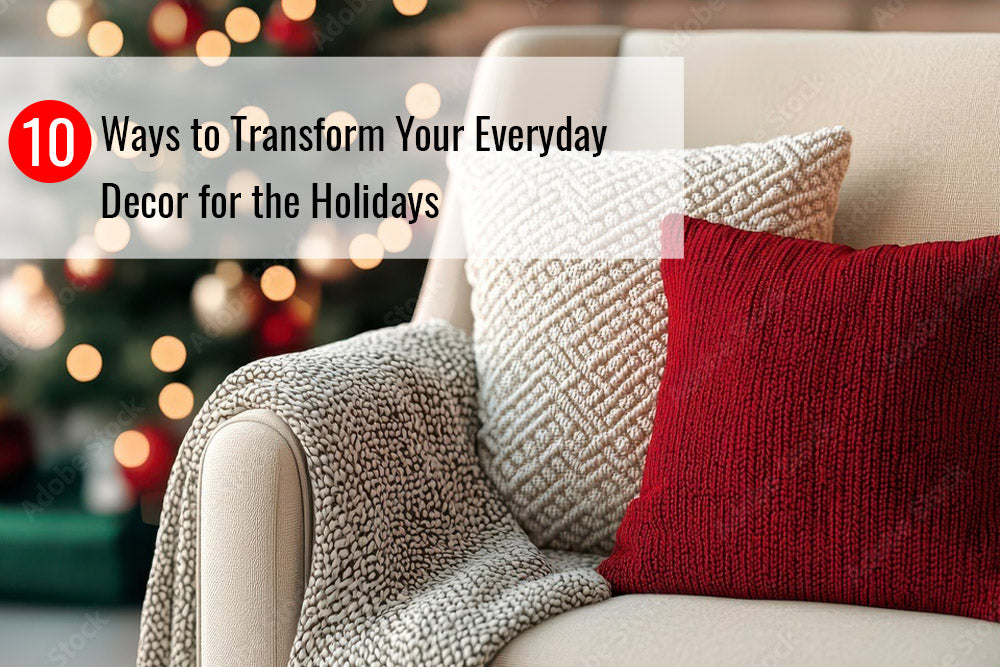Ever struggled with keeping plants alive but still crave that lush greenery in your space? You're not alone! Many of us turn to artificial plants as a solution, seeking low-maintenance beauty without the over- or under-watering woes. In this post, we'll dive into the surprising benefits they bring to your home, as well as explore clever tips and tricks to make your fake plants blend seamlessly into your decor. Whether you're a seasoned plant enthusiast or just looking to spruce up your space effortlessly, read on to discover how fake can look fabulously real.
Benefits of Fake Plants

Artificial plants or trees offer a hassle-free way to bring the beauty of nature into your home without the upkeep of real greenery. Unlike live plants, they don’t require watering, sunlight, or pruning, making them perfect for low-light areas or for those who lack a green thumb. They’re also a great option for allergy sufferers, as they don’t produce pollen or attract pests. Plus, high-quality faux plants are designed to look incredibly realistic, allowing you to enjoy the aesthetic appeal of lush greenery year-round. Whether you're looking to add a pop of color to a room, create a calming atmosphere, or enhance your decor with stylish botanical elements, fake plants provide a versatile and long-lasting solution.
Beyond their practicality, artificial plants are also a cost-effective and long-term investment. While real plants require ongoing expenses for soil, fertilizers, and replacements when they wither, high-quality faux plants maintain their vibrant appearance indefinitely with minimal care. They’re also incredibly versatile—whether you want to decorate a high shelf, a dimly lit hallway, or even a bathroom with high humidity, fake plants thrive where real ones might struggle. Plus, they provide endless creative possibilities, allowing you to mix and match different styles without worrying about plant compatibility. With today’s realistic designs and innovative materials, artificial plants can seamlessly blend into any decor, offering the perfect balance of beauty and convenience.
How to Make Fake Plants Look More Realistic
Tip #1: Choose High-Quality, Realistic Faux Plants

The key to making fake plants look real starts with selecting the right ones. Look for artificial plants made from high-quality materials, such as silk or PE (polyethylene) rather than plastic, as these tend to mimic the texture and movement of real foliage. Opt for plants with varying shades of green, slight imperfections, and natural-looking stems rather than overly uniform or glossy leaves. Investing in well-crafted faux plants will make a significant difference in how they blend into your decor.
Tip #2: Regularly Dust and Clean Foliage

One of the biggest giveaways that a plant is fake is dust buildup on the leaves. Real plants naturally shed dust, but faux ones need a little maintenance to look fresh. Wipe leaves down with a damp cloth or use a feather duster to remove dust regularly. For a deeper clean, rinse plastic plants under lukewarm water or use compressed air to blow away debris from delicate silk plants. Keeping them clean ensures they stay vibrant and lifelike.
Tip #3: Place a Fake Plant/Tree in a Larger Planter and Cover the Base with Moss
 Most faux plants come in small, plastic containers that instantly signal they aren’t real. To enhance their realism, repot them into a larger, decorative planter that suits your decor. Then, cover the base with natural materials like moss, pebbles, or soil to create the illusion that the plant is growing naturally. This simple step makes a dramatic difference in their overall appearance.
Most faux plants come in small, plastic containers that instantly signal they aren’t real. To enhance their realism, repot them into a larger, decorative planter that suits your decor. Then, cover the base with natural materials like moss, pebbles, or soil to create the illusion that the plant is growing naturally. This simple step makes a dramatic difference in their overall appearance.
Tip #4: For Faux Outdoor Plants, Choose Native Species

If you’re using artificial plants outside, select species that naturally grow in your region. A tropical palm in a desert landscape or a pine tree on a beachside patio might look out of place and draw attention to their artificiality. Instead, research native plants in your area and opt for faux versions of those. This makes it more believable that they belong in the space and seamlessly blend with your outdoor environment.
Tip #5: Fluff and Organize Foliage with a Blow Dryer if Needed

Artificial plants can become misshapen in storage or transit, with leaves and stems bending unnaturally. To fix this, gently fluff and arrange the foliage to create a more organic look. A blow dryer on a low heat setting can help soften stiff stems and reshape leaves for a more natural drape. Taking a few minutes to position each branch thoughtfully can make all the difference in achieving a realistic appearance.
With the right approach, artificial plants can be a stylish, hassle-free way to bring greenery into your home without sacrificing realism. By choosing high-quality faux plants, maintaining them properly, and using clever styling tricks, you can enjoy the beauty of nature without the upkeep. Whether you're decorating a small apartment, enhancing a dimly lit space, or simply looking for a low-maintenance alternative to live plants, these tips will help you create a lush, natural-looking environment. So go ahead, embrace the ease and elegance of faux greenery and transform your home with timeless botanical charm.
